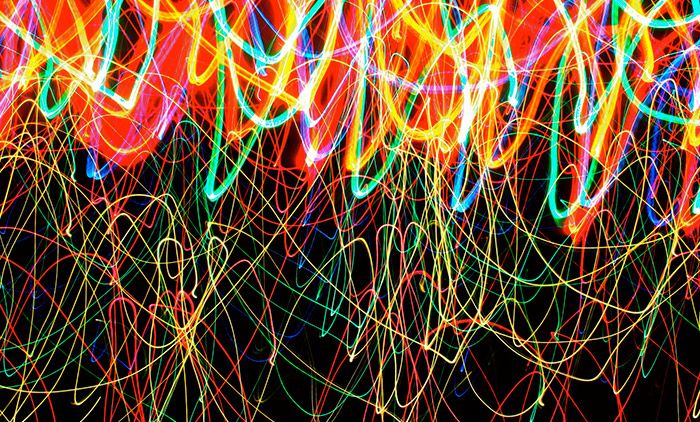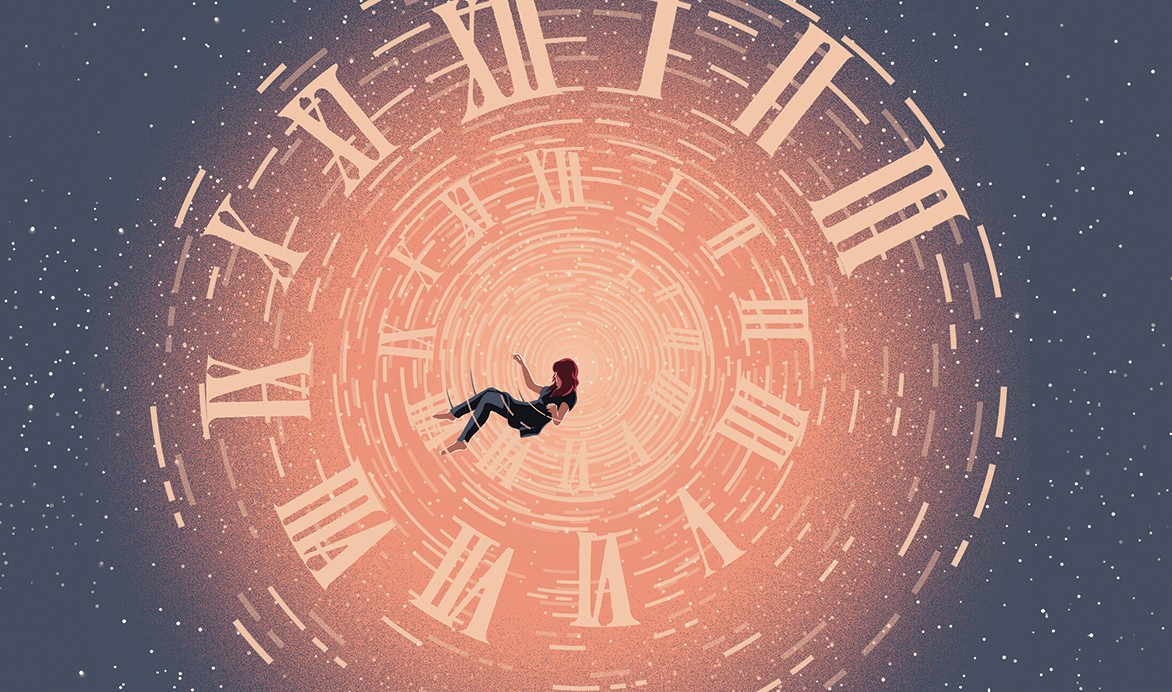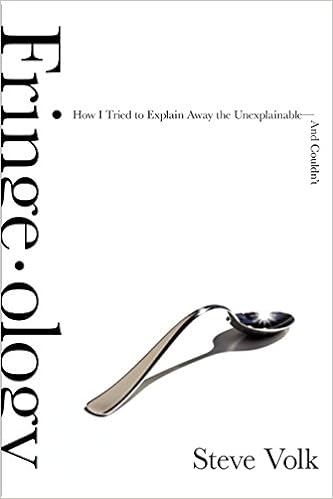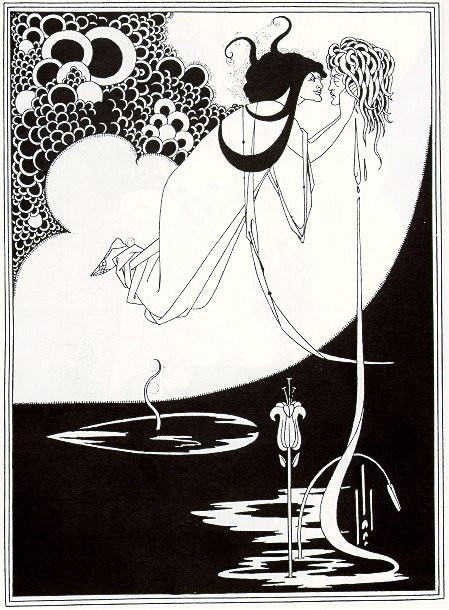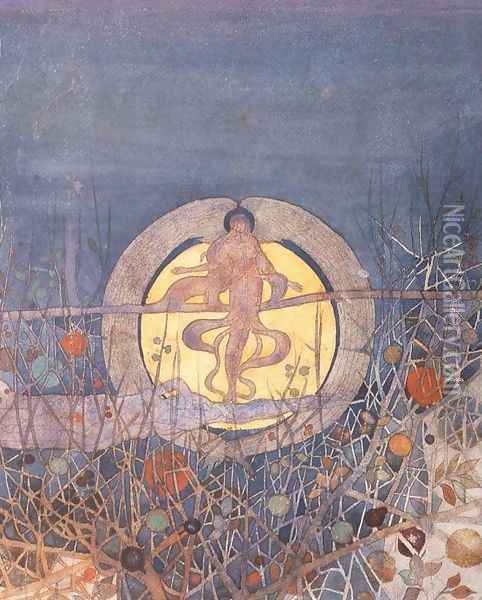Skarekrow
~~DEVIL~~
- MBTI
- Ni-INFJ-A
- Enneagram
- Warlock
Precognition Discussed in a Psychology Journal

April 19, 2018
Carlos S. Alvarado, PhD, Research Fellow, Parapsychology Foundation
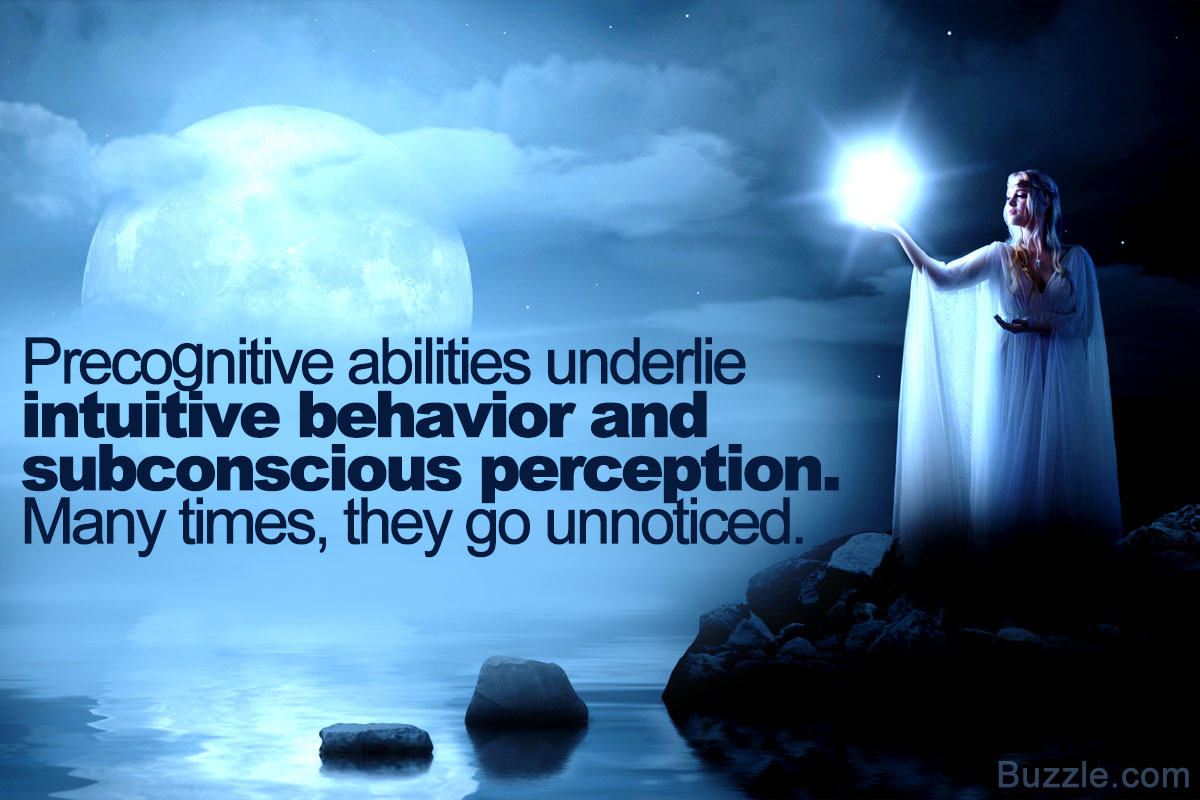
April 19, 2018
Carlos S. Alvarado, PhD, Research Fellow, Parapsychology Foundation
A recent issue of the journal Psychology of Consciousness: Theory, Research, and Practice has discussions of precognition by various authors.
The discussion opens with an editorial by Erik Woody and Steven Jay Lynn (“Perspectives on Precognition.” Psychology of Consciousness: Theory, Research, and Practice, 2018, 5, 1–2).
They write:
“The balance of this issue consists of five articles addressing what has variously been termed precognition, precognitive ability, and retrocausal or retroactive influences . . . In the first article, Schooler, Baumgart, and Franklin (2018) address how to strike the most appropriate and productive relation between Sagan’s “seemingly contradictory attitudes,” drawing an important distinction between entertaining versus endorsing anomalous phenomena like precognition. In the second article, Mossbridge and Radin (2018b) present a comprehensive review of existing empirical research on precognition, making the case that this body of work warrants scientists being open to this possibility despite its “bizarre or counterintuitive” qualities. The next two articles, by Schwarzkopf (2018) and by Houran, Lange, and Hooper (2018), are invited critiques of Mossbridge and Radin’s (2018b) review, applying the “most ruthless skeptical scrutiny” in pointing out what these critics believe are crucial conceptual and methodological flaws in the research. A response from Mossbridge and Radin (2018a) follows these critiques.”
The editorial was followed by Jonathan W. Schooler, Stephen Baumgart, and Michael Franklin’s “Entertaining Without Endorsing: The Case for the Scientific Investigation of Anomalous Cognition” (2018, Vol. 5, 63–77.
Here is the abstract:
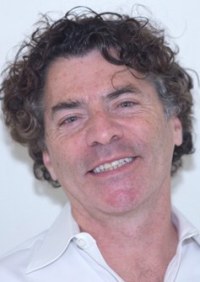
Johnattan Schooler
“Empirical reports in mainstream journals that human cognition extends in ways that challenge the current boundaries of science (anomalous cognition) has been viewed with dismay by many who see it as evidence that science is broken. Here the authors make the case for the value of conducting and publishing well-designed studies investigating anomalous cognition. They distinguish between the criteria that justify entertaining the possibility of anomalous cognition from those required to endorse it as a bona fide phenomenon. In evaluating these 2 distinct thresholds, the authors draw on Bayes’s theorem to argue that scientists may reasonably differ in their appraisals of the likelihood that anomalous cognition is possible. Although individual scientists may usefully vary in the criteria that they hold both for entertaining and endorsing anomalous cognition, we provide arguments for why researchers should consider adopting a liberal criterion for entertaining anomalous cognition while maintaining a very strict criterion for the outright endorsement of its existence. Grounded in an understanding of the justifiability of disparate views on the topic, the authors encourage humility on both the part of those who present evidence in support of anomalous cognition and those who dispute the merit of its investigation.”
The target article, by Julia Mossbridge and Dean Radin, was “Precognition as a Form of Prospection: A Review of the Evidence” (2018, Vol. 5, No. 1, 78–93). Abstract:

Julia Mossbridge
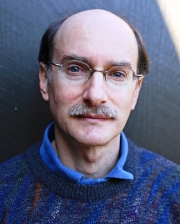
Dean Radin
“Prospection, the act of attempting to foresee one’s future, is generally assumed to be based on conscious and nonconscious inferences from past experiences and anticipation of future possibilities. Most scientists consider the idea that prospection may also involve influences from the future to be flatly impossible due to violation of common sense or constraints based on one or more physical laws. We present several classes of empirical evidence challenging this common assumption. If this line of evidence can be successfully and independently replicated using preregistered designs and analyses, then the consequences for the interpretation of experimental results from any empirical domain would be profound.”
This is followed by two critiques of Mossbridge and Radin’s paper, and by their reply.
D. Samuel Schwarzkopf, “On the Plausibility of Scientific Hypotheses: Commentary on Mossbridge and Radin (2018)” (2018, 5, 94–97).
“Mossbridge and Radin reviewed psychological and physiological experiments that purportedly show time-reversed effects. I discuss why these claims are not plausible. I conclude that scientists should generally consider the plausibility of the hypotheses they test.”
James Houran, Rense Lange, and Dan Hooper “Cross-Examining the Case for Precognition: Comment on Mossbridge and Radin (2018) ‘ (2018, 5, 98–109).
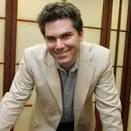
James Houran
“Based on a review and meta-analyses of empirical literature in parapsychology, Mossbridge and Radin (2018) argued for anomalous replicable effects that suggest the possibility of precognitive ability or retrocausal phenomena. However, these conclusions are refuted on statistical and theoretical grounds—the touted effects are neither meaningful, interpretable, nor even convincingly replicable. Moreover, contrary to assertions otherwise, the possibility of authentic retrocausation is discredited by modern theories in physics. Accordingly, Mossbridge and Radin’s interpretations are discussed in terms of misattribution biases that serve anxiolytic functions when individuals confront ambiguity, with potential reinforcement from perceptual–personality variables such as paranormal belief. Finally, we argue that research in human consciousness should be multidisciplinary, and notably, leverage informed investigators in the physical sciences to advance truly valid and cumulative theory building.”
Julia A. Mossbridge and Dean Radin, ‘Plausibility, Statistical Interpretations, Physical Mechanisms and a New Outlook: Response to Commentaries on a Precognition Review” (2018, 5, 110–116).
“We address what we consider to be the main points of disagreement by showing that (a) scientific plausibility (or lack thereof) is a weak argument in the face of empirical data, (b) the statistical methods we used were sound according to at least one of several possible statistical positions, and (c) the potential physical mechanisms underlying precognition could include quantum biological phenomena. We close with a discussion of what we believe is an unfortunate but currently dominant tendency to focus on reducing Type-I statistical errors without balancing that approach by also paying attention to the potential for Type-II errors.”

